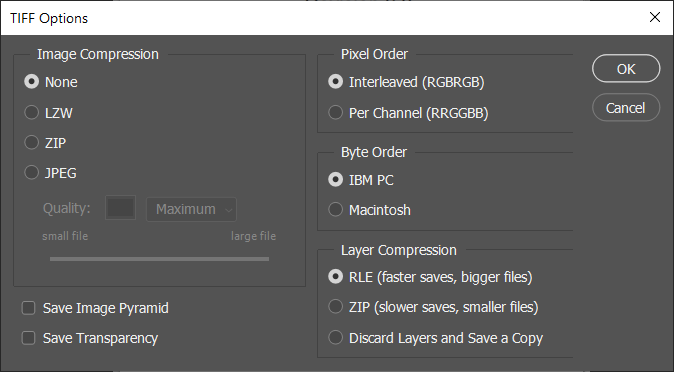
This way, after a smaller part of the whole file has been received, the viewer can see a lower quality version of the final picture. JPEG 2000 provides efficient code-stream organizations which are progressive by pixel accuracy and by image resolution (or by image size). These features are more commonly known as progressive decoding and signal-to-noise ratio (SNR) scalability. Progressive transmission by pixel and resolution accuracy This pyramid representation can be put to use for other image presentation purposes beyond compression. JPEG 2000 decomposes the image into a multiple resolution representation in the course of its compression process. The numbers indicate the compression ratio used. Top-to-bottom demonstration of the artifacts of JPEG 2000 compression. Improvements over the 1992 JPEG standard As of 2017, JPEG 2000 is not widely supported in web browsers (except Safari), and hence is not generally used on the Internet. The cost of obtaining all documents for the standard has been estimated to 2718 CHF (approximately 2700 USD).
#Jpeg image compression standards .pdf iso#
JPEG 2000 has been published as an ISO standard, ISO/IEC 15444. Another difference, in comparison with JPEG, is in terms of visual artifacts: JPEG 2000 only produces ringing artifacts, manifested as blur and rings near edges in the image, while JPEG produces both ringing artifacts and 'blocking' artifacts, due to its 8×8 blocks. However, as a consequence of this flexibility, JPEG 2000 requires codecs that are complex and computationally demanding. By ordering the codestream in various ways, applications can achieve significant performance increases. The codestream obtained after compression of an image with JPEG 2000 is scalable in nature, meaning that it can be decoded in a number of ways for instance, by truncating the codestream at any point, one may obtain a representation of the image at a lower resolution, or signal-to-noise ratio – see scalable compression.

While there is a modest increase in compression performance of JPEG 2000 compared to JPEG, the main advantage offered by JPEG 2000 is the significant flexibility of the codestream. 9.1 JPIP protocol for streaming JPEG 2000 images.4.7 Computational complexity and performance.3 JPEG 2000 image coding system – Parts.2.3 Choice of lossless or lossy compression.2.2 Progressive transmission by pixel and resolution accuracy.2 Improvements over the 1992 JPEG standard.JPEG 2000 technology was selected as the video coding standard for digital cinema in 2004.

JPEG 2000 is a discrete wavelet transform (DWT) based compression standard that could be adapted for motion imaging video compression with the Motion JPEG 2000 extension. It is possible to store different parts of the same picture using different quality.
#Jpeg image compression standards .pdf code#
JPEG 2000 code streams are regions of interest that offer several mechanisms to support spatial random access or region of interest access at varying degrees of granularity. The registered MIME types are defined in RFC 3745. jpx for the extended part-2 specifications, published as ISO/IEC 15444-2. jp2 for ISO/ IEC 15444-1 conforming files and. It was developed from 1997 to 2000 by a Joint Photographic Experts Group committee chaired by Touradj Ebrahimi (later the JPEG president), with the intention of superseding their original discrete cosine transform (DCT) based JPEG standard (created in 1992) with a newly designed, wavelet-based method. JPEG 2000 ( JP2) is an image compression standard and coding system. The standard specifically produces noticeable artifacts along the edges of two or more colors and objects.Image/jp2, image/jpx, image/jpm, video/mj2Ġ0 00 00 0C 6A 50 20 20 0D 0A 87 0A / FF 4F FF 51 However, it is not ideal for images with texts or sharp lines and edges. Inflexible Application: The standard is ideal for digital images with smooth variations in colors such as portraits and nature photographs. Note that editing and resaving the image lead to quality degradation.Ģ. To be specific, this standard works by dropping unneeded color data as it compresses the digital image. Lossy Compression: A key disadvantage of the JPEG standard is that it is lossy compression. More specifically, users can find the right balance or tradeoff between image quality and file size. Adjustable Compression: Another interesting feature of the JPEF standard is that users can adjust the degree of the compression of a particular digital image. This makes the standard more suitable for storage, online distribution, and online consumption.ģ.

In other words, a JPEG image with a relatively similar quality and resolution as its BMP or PNG counterpart can have a smaller size. Smaller File Size: When compared to the BMP file format or PNG file format, JPEG has the advantage of compressing a digital image at a smaller file size.


 0 kommentar(er)
0 kommentar(er)
